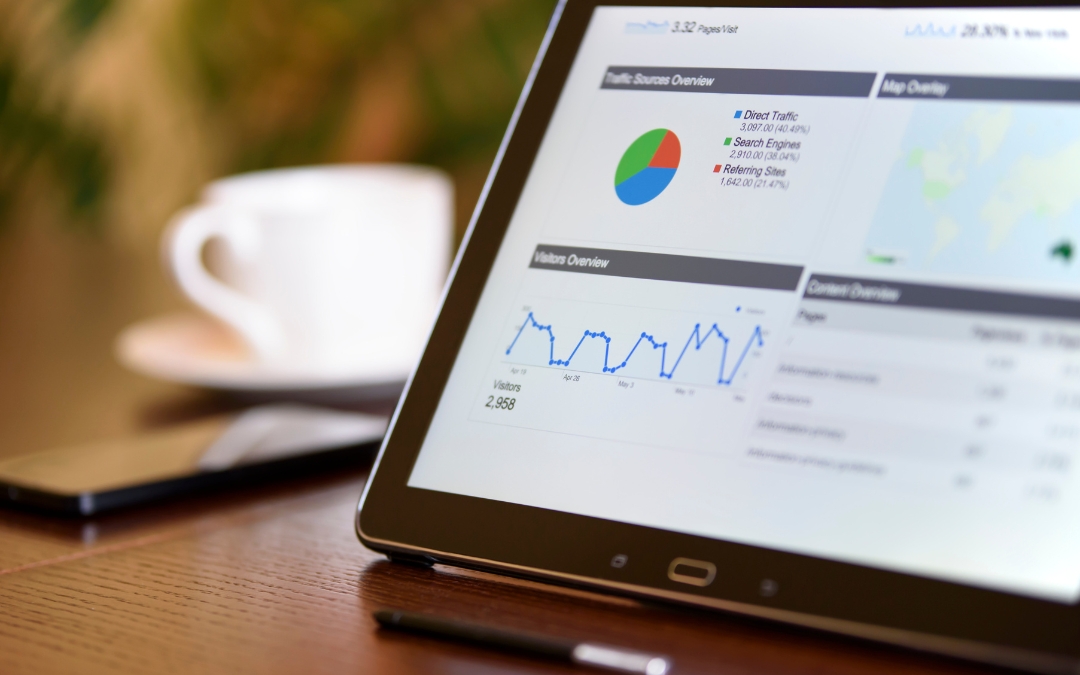In today’s fast-paced digital landscape, public engagement campaigns are increasingly reliant on insights gathered from vast amounts of user-generated data. To make sense of this complex information, organizations require powerful tools to analyze and understand the psychology behind public responses. Here we explore 10 often overlooked and different ways in which user engagement can be analyzed and public engagement mapped using our advanced analytics tools.
- Sentiment Analysis: One of the most powerful ways to understand public input is by gauging the sentiment behind each comment. Sentiment analysis tools allow organizations to automatically categorize comments based on their positive, negative, or neutral nature. This information can then be used to identify prevailing emotions within a community and adjust engagement strategies accordingly.
- Topic Clustering: By using advanced algorithms, organizations can cluster comments into distinct topics, providing a clear overview of the most pressing issues in a public engagement campaign. This process helps organizations identify common themes and prioritize their efforts to address the most critical concerns raised by the public.
- Geographic Distribution: Understanding the geographic distribution of public input is crucial for campaigns that affect specific regions or communities. Geographic analysis tools enable organizations to visualize the location of commenters, revealing regional patterns and disparities that can inform targeted outreach efforts.
- Demographic Insights: To ensure inclusive engagement, it is essential to consider the demographic makeup of the public. Organizations can collect and analyze demographic information from commenters, revealing trends and gaps in representation. This data can help shape targeted campaigns that better address the needs of diverse communities.
- Temporal Patterns: By analyzing the timing of public input, organizations can uncover patterns that inform the optimal scheduling of engagement activities. Temporal analysis tools can reveal peak periods of public interest, helping organizations capitalize on heightened attention and avoid potential lulls in engagement.
- Comment Volume and Engagement Levels: Understanding the volume and engagement levels of public input can shed light on the effectiveness of outreach strategies. By monitoring the quantity and depth of comments received over time, organizations can evaluate the success of their campaigns and adjust accordingly.
- Influencer Identification: Some public voices hold more sway than others. By analyzing engagement metrics, organizations can identify key influencers within a community. Leveraging these insights, organizations can strategically engage with these individuals to amplify their message and broaden the reach of their campaigns.
- Cross-Channel Analysis: With the ability to collect public input from multiple channels, organizations can compare engagement levels across platforms. By understanding the preferences and habits of their audience, organizations can optimize their outreach efforts to reach more people and drive higher levels of engagement.
- Language and Tone Analysis: The language and tone used in public input can reveal subtle insights about the mindset of the community. By employing natural language processing techniques, organizations can analyze word choice, phrasing, and tone, helping them understand the nuances of public sentiment and respond more empathetically.
- Predictive Analytics: Armed with historical data and advanced algorithms, organizations can forecast future trends in public engagement. By predicting potential shifts in sentiment, organizations can proactively adjust their strategies to stay ahead of the curve and maintain strong connections with their audience.
When specific analytics tools are not readily available, organizations can still creatively utilize the data they have access to and derive valuable insights. This process requires resourcefulness, critical thinking, and a willingness to experiment with different approaches.
Numerous public data sources offer geographic and demographic information that organizations can use to enrich their analytics. Census data, for example, can provide valuable insights into the population characteristics of specific regions. By combining this data with existing analytics, organizations can gain a deeper understanding of the communities they serve.
In cases where specific demographic or geographic data is not directly available, organizations can cross-reference their data sets with external data sources to infer the missing information. For instance, if an organization has access to user email addresses but not their location, they could use IP addresses linked to email activity to approximate user locations.
Social media platforms can be a goldmine of geographic and demographic information. By analyzing public user profiles and posts, organizations can infer users’ locations, age, gender, and other demographic attributes.
When direct measures of geographic or demographic data are unavailable, organizations can use proxy variables that correlate with the missing information. For example, if an organization lacks data on users’ income levels, they could use other variables such as education or occupation as a proxy for income. Similarly, data on mobile device usage or internet access can serve as a proxy for geographic location in some cases.
Organizations can employ text analysis techniques to extract geographic and demographic information from unstructured data sources like user comments, reviews, or social media posts. For instance, keywords or phrases related to specific locations or demographic groups can be identified and analyzed to uncover hidden patterns in public input.
By analyzing the relationships between users and their online interactions, organizations can uncover geographic and demographic patterns that might not be immediately apparent. Network analysis can reveal clusters of users based on shared attributes or interests, which can then be used to infer demographic or geographic information.
As public engagement campaigns continue to evolve in the digital age, organizations must harness the power of data to understand the psychology behind public responses. By utilizing advanced analytics tools, organizations can uncover hidden trends in public input, enabling more effective and tailored engagement strategies.

